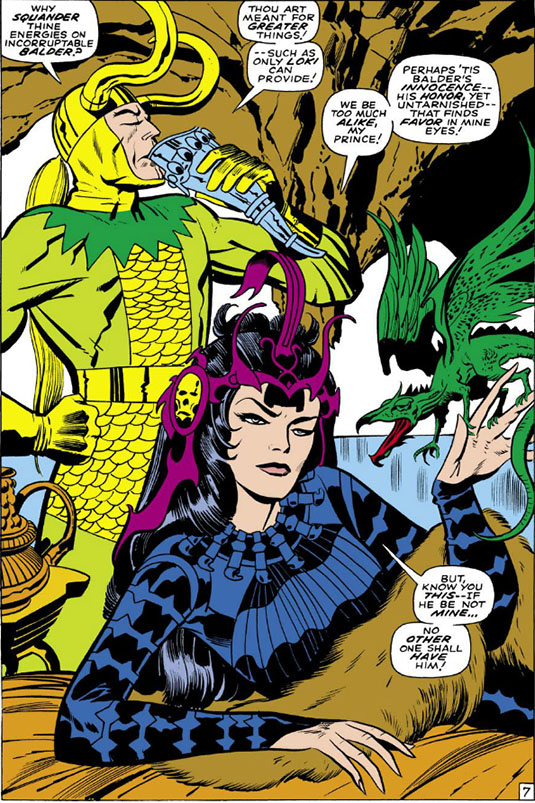

* But if one accepts the idea that Kirby was so deeply invested in the creation of Him (whom he seems to have only ever referred to as “Cocoon-Man” in his art page margin notes to Stan Lee, by the way), and so disappointed by the way Lee re-worked this creation’s personality and motivations, that the artist began henceforth to “phone it in”, as it were - why did he bring the character back for a two-issue stand in Thor? Wouldn’t that have been like rubbing salt into his own wounds?Īt least two possible answers come to mind. Yet, I suspect most fans and critics would agree that in a comparison of the characters who debuted in Kirby-drawn comics in the three years prior to the July, 1967 publication of Fantastic Four #68, and those introduced in the three years following, the latter group doesn’t come off nearly as well. It is, of course, a subjective judgement as to which Kirby characters should be counted as “major”, or “truly significant”. From this time on, the theory goes, the “King” would refrain from bringing his full creative powers to bear on the work he did for Marvel, with the result that he would introduce few, if any, truly significant new characters in his last couple of years before jumping ship for DC Comics.

Already disgruntled with Lee (and with Marvel Comics, generally) over a number of matters - including the way that Lee had appropriated and reinterpreted an earlier Kirby creation for FF, the Silver Surfer - Kirby may have seen this latest alteration of his creative vision to be, in Gartland’s words, “the last straw”.
_from_Balder_the_Brave_Vol_1_2_001.jpg)
In Lee’s version of the story - which was the one that saw print, of course - the scientists wanted to use their creation to dominate the world “Him” realized this, and destroyed the would-be despots before taking his leave of humanity. However, when it came time to script the story, Kirby’s collaborator (and editor), Stan Lee, jettisoned this theme - intended as Kirby’s ironic commentary on Ayn Rand’s Objectivist philosophy - possibly because it didn’t present a clear-cut “bad guy”. As recalled by comics writer and historian - and longtime Kirby associate - Mark Evanier (and reported by numerous writers, including Mike Gartland in The Jack Kirby Collector #24), the story that Kirby plotted and drew for Fantastic Four #66 – 67 was a tale of well-intentioned scientists who create an ultimate human being, an entity who’s not only physically perfect but also possesses godlike powers, only to have this being, once it’s emerged from gestation within its cocoon, turn on them and destroy them, simply because they don’t meet his standards of perfection. There’s a case to be made that the God of Thunder’s adversary in the issue of his comic we’re discussing today - the being known at this point only as “Him”, though he’d later pick up the less confusing appellation “Adam Warlock” - was the last major character creation of artist/storyteller Jack Kirby during his most important and productive tenure at Marvel Comics.


 0 kommentar(er)
0 kommentar(er)
